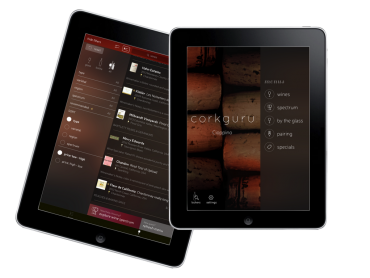In Vino Veritas, Part XXII: Beer and Cheese
Since my college days, I haven’t been the biggest beer drinker (or guzzler, as was often the case back then). I’ve stuck with wine, or, for an aperitif, whiskey or cognac. But now, with the resurgence of microbreweries and local beers (in contrast to the outright dominance of national brands), I’ve been finding myself indulging in this starchy beverage far more than I perhaps should considering my austere diet regimens.
Microbrews come in many different flavors, and they are an excellent way to immerse guests in an authentic local experience. Another emerging trend (at least from a North American perspective) is to substitute beers for wines in cheese tastings. Even though this is what I’m about to discuss in greater detail, it’s not just tastings I want you to consider, but ways to pair piquant beers with savory mains or cheese boards as meal accompaniments.
The bottom line: there are plenty of opportunities to mix and match beers and cheeses for an upsell. Moreover, some people are staunch beer drinkers and won’t ever be swiftly coerced over to the wine camp. So, don’t fight them — oblige them. Give people the same diversity of options for beers as you would wine.
The rule of thumb for pairing beers with cheeses is that like begets like. This is what most cicerones (the sommelier equivalent) will tell you, but there’s far too much leniency for this statement to be considered gospel.
Mild cheeses — think creamy varieties like goat, queso blanco, mozzarella or Camembert — will work swimmingly with smooth, high-acidity brews like wheat beers, pale lagers, fruit beers or even ciders. Also consider how you combine textures — buttery, soft cheeses might contrast too sharply with a heavily carbonated beer. There’s latitude here, however. The nutty, fruity undertones of a light cheese also mix well with the sweet caramel flavors of light-bodied, roasted brown ale.
When it comes to pairings, browns should probably be called grays because the matching rules are incredibly loose. Yes, browns work with gooey cheeses, but they also work with dry, hard, leathery or tangy cheeses like aged cheddars, gruyere, goudas or any other slice with concentrated flavor. But the more intense you get with your cheeses, so too must you consider earthy, weighty brews with more malt and hops like stouts and porters as well as bitter, drier drafts like pilsners or dark ales. Further, a little carbonation can go miles here to cleanse the palate before the next bite.
At the far end of the spectrum, stinky blue or washed-rind cheeses should, in most cases, be married with a very strong beer — IPAs or Trappist ales. Depending on the strength of its bite, a floral IPA can also mesh with a sharp provolone or salty cheddar. You might also consider pairing according to region — Stilton blue with a bottle of London Pride or a wedge of Chimay with a pint of Orval, both from Belgium.
Again, there’s a lot of flexibility. And part of the point is to have fun with it, because if you are having fun then that enthusiasm will be transferred to your patrons. My recommendation is to get a brainstorming team together that includes some staffers from the F&B department but also those who might not have as refined a sense of taste and decide how to best pair each beer your restaurant offers with a different cheese. Once that’s decided, then you can go on to such tasks as adding cheese boards to the menu.




